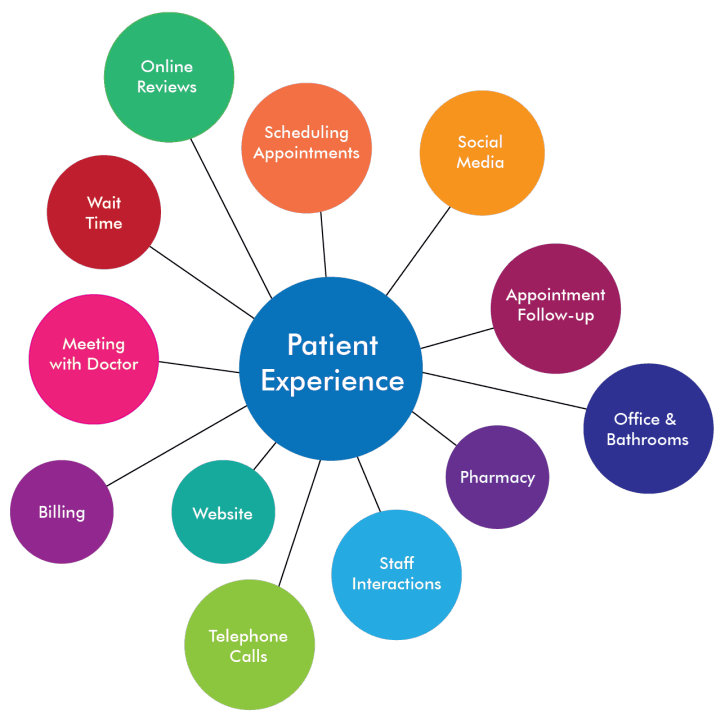
Why is the patient experience still disjointed, disconnected, and fragmented?
Ever since IHI’s introduction of the Triple Aim, healthcare leaders have touted the importance of improving patient experience yet over a decade later real, quantifiable progress on this goal seems impossible to achieve. Why is measuring patient experience so difficult? Do we prioritize clinical outcomes over patient experience? Do patients feel that if they complain, their care may be compromised? Have we just missed the ball entirely?
Perhaps part of the challenge has been the way we look at the problem. Dr. Adrienne Boissy, Chief Patient Experience Officer at Cleveland Clinic shattered myths and redefined goalposts with Dr. Ashish Atreja, Chief Information and Digital Health Officer at UC Davis Health, and Dr. Esteban Lopez, Market Lead for Healthcare Life Science at Google Cloud. The conversation was facilitated by the HealthIMPACT Chair, Shahid Shah. They discussed some of the big disconnects that lead to a disjointed and fragmented patient experience and what we can do about it to better serve patients, the clinicians that care for them, and the technologists tasked with building a better digital experience. You can view the session on-demand by registering for a complimentary ticket here. You can also share it with your colleagues and view it on youtube here.
10 Key Takeaways from the Talk
- There is a disconnect between what health systems measure for rankings and ratings and what is important to patients which is much broader than what happens inside the hospital walls.
- The three things patients really want are; 1. To feel known. 2. For it to be easy to get care 3. To feel cared about as, as a human.
- While health systems claim that improving patient experience is their number one priority many fail to walk the walk. To do this they need to step into the patients’ shoes from time to time.
- Care for your providers like you care for your patients and the experience will improve! To do this both need to be included in the design and innovation process.
- Bring the patient to the center and design around them as the user.
- Technology is one tool in the tool kit but it isn’t the only solution for the patient experience and engagement challenge. In the case of the EHR, we may need to solve for it.
- Until we start measuring what matters we aren’t going to fix the patient experience. We need new metrics for patients. But we can get there together.
- Patient versus Consumer - If you're a consumer you have a choice, patients don't always have a choice. To be consumer-driven or patient-centered we need to be more transparent and provide more choice. Here is an article written by Dr. Boissy on the topic.
- Every employee should be an innovator and given an equal chance to contribute to improving the patient experience. Change IT from information technology to innovation technology!
- Where vulnerabilities and disparities exist, fear often drives suffering and choice is even more limited. To empower our most vulnerable patients and honor the trust that they're placing in us is one of the most important things we can do as we redesign the patient experience.
At HealthIMPACT we focus on problems that we can provide solutions to and if we don’t have solutions we want to get to the heart of the problem so we can inspire solutions. We’ll continue our focus on patient experience and engagement at the next HealthIMPACT Live webinar on June 16th where we discuss how to manage health data at scale and make it easier for healthcare organizations to improve the patient experience, coordinate care, and drive operational efficiency. Register Today!

